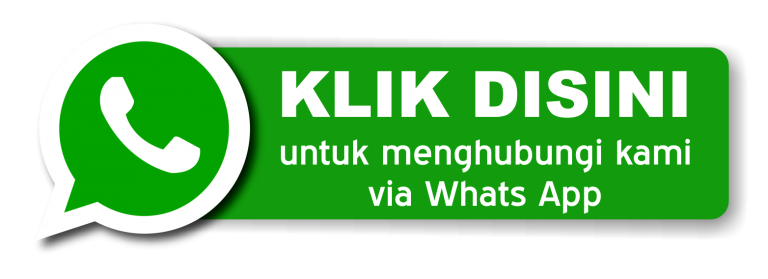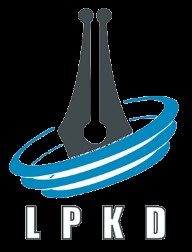Penerapan Model Make A Match dalam Meningkatkan Kerjasama Tim pada Pembelajaran Pendidikan Agama Islam (PAI)
DOI:
https://doi.org/10.61722/jirs.v2i2.5530Keywords:
Make A Match, Teamwork, Islamic Education LearningAbstract
. Team collaboration in the learning process is crucial for students' character development. One teaching model that fosters teamwork is the Make A Match model. This research aims to describe the steps, advantages, and disadvantages of applying the Make A Match learning model in Islamic Education (PAI) classes at Madrasah Aliyah Negeri 1 Kebumen dan Madrasah Tsanawiyah Negeri 5 Kabupaten Karanganyar. This study uses a qualitative approach, with the research subjects being teachers at Madrasah Aliyah Negeri 1 Kebumen dan Madrasah Tsanawiyah Negeri 5 Kabupaten Karanganyar. The informants are PAI teachers. Data collection techniques include interviews, observations, and documentation. The results of this study are as follows: 1) The steps of the Make A Match model include stating the objectives, organizing students into learning teams, assisting team work, and providing rewards; 2) The advantages of the Make A Match model are that it creates an active and enjoyable atmosphere, presents engaging material, influences learning outcomes, and fosters teamwork among students; 3) The disadvantages include the need for strong teacher guidance, the need for time management, the necessity for preparation of materials and equipment, and potential classroom noise that could disrupt other classes. The conclusion of this study is that the Make A Match model can be effectively implemented in the learning process as an effort to enhance team collaboration and improve PAI learning outcomes at the Madrasah or School.
References
Hasan, M. (2010). Pendidikan Agama Islam dalam Perspektif Multikultural. Remaja Rosdakarya.
Hastuti, S., & Wijayanti, L. (2021). Kinerja Manajerial: Hasil Kerjasama Tim Dan Perbaikan Berkesinambungan. Jurnal Riset Ekonomi Dan Bisnis.
Huda, M. (2013). Model-model Pengajaran dan Pembelajaran. Pustaka Pelajar.
Kurniasih, I., & Sani, B. (2015). Ragam Pengembangan Model. Pembelajaran untuk Peningkatan Profesionalitas Guru. Kata Pena.
Panggiki, A. C., Lumanauw, B., & Lumintang, G. G. (2017). Pengaruh Kompensasi, Kerjasama Tim Dan Kepuasan Kerja Terhadap Kinerja Karyawan Pada Ajb Bumiputera 1912 Cabang Sam Ratulangi. Jurnal EMBA: Jurnal Riset Ekonomi, Manajemen, Bisnis Dan Akuntansi, 5(3), 3018–3027.
Ramayulis, Y. (2016). Ilmu Pendidikan Islam. Kalam Mulia.
Susanti, Widyani, D., & Utami, N. M. S. (2020). Pengaruh Keterlibatan Kerja Karyawan, Loyalitas Kerja dan Kerjasama Tim terhadap Kinerja Karyawan CV. Sanitary Bali Pinangsia. Jurnal Emas, 2, 224–234. https://e-journal.unmas.ac.id/index.php/emas/article/view/1742/1394
Suyatno. (2009). Menjelajah Pembelajaran Inovatif. Masmedia Buana.
Wulandari, K. E., Suarni, K., & Renda, N. T. (2018). Pengaruh Model Pembelajaran Make A Match Berbasis Penilaian Portofolio Terhadap Hasil Belajar IPA. Journal of Education Action Research, 2(3), 240. https://doi.org/10.23887/jear.v2i3.16261
Downloads
Published
Issue
Section
License
Copyright (c) 2025 JURNAL ILMIAH RESEARCH STUDENT

This work is licensed under a Creative Commons Attribution-ShareAlike 4.0 International License.













